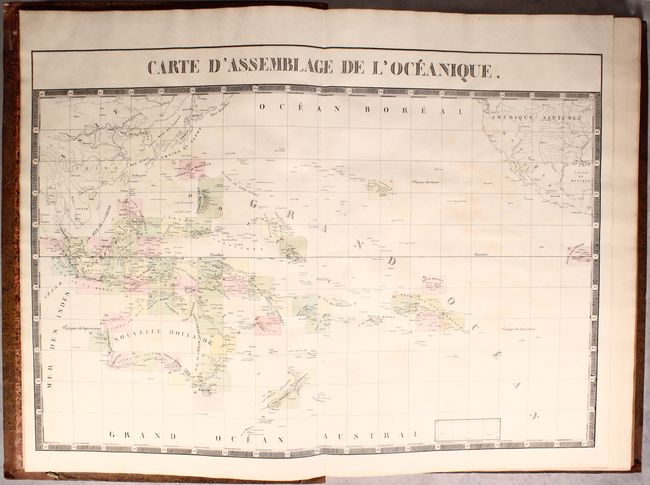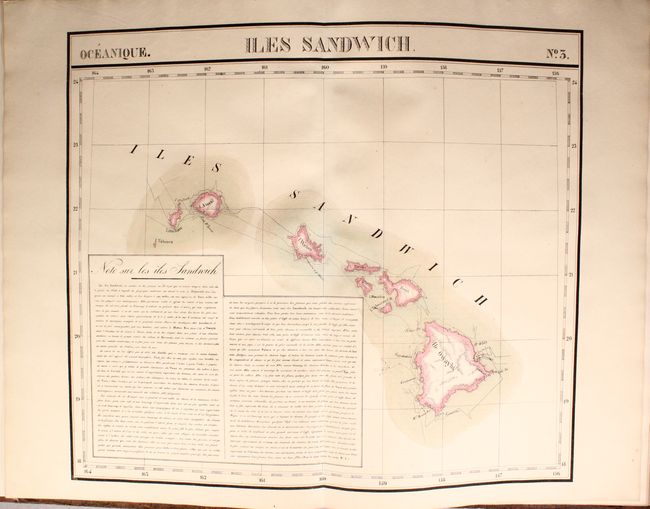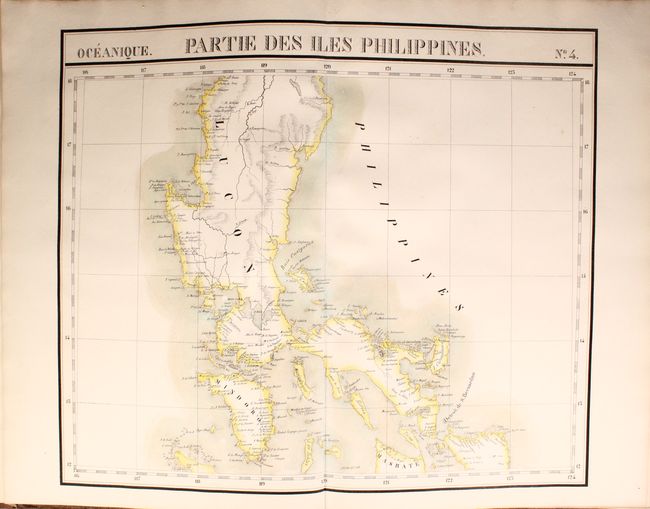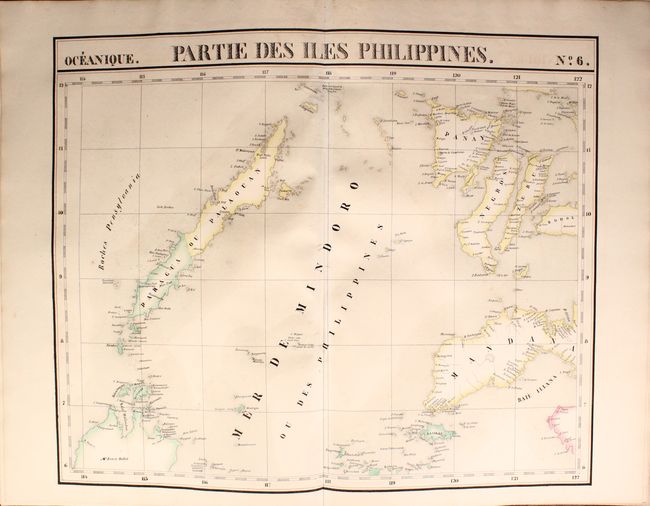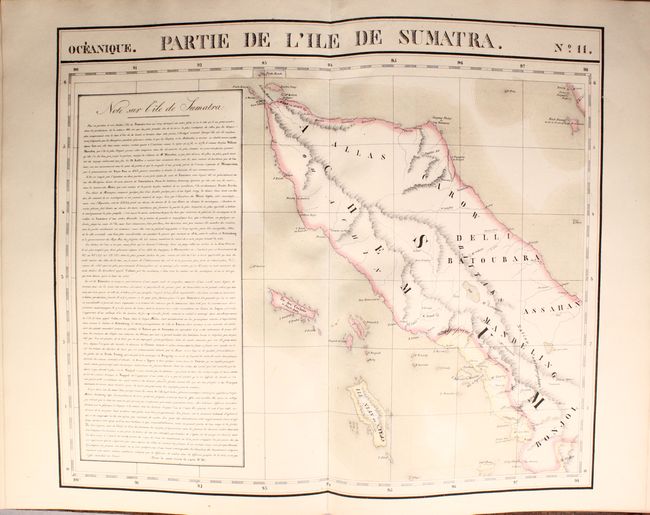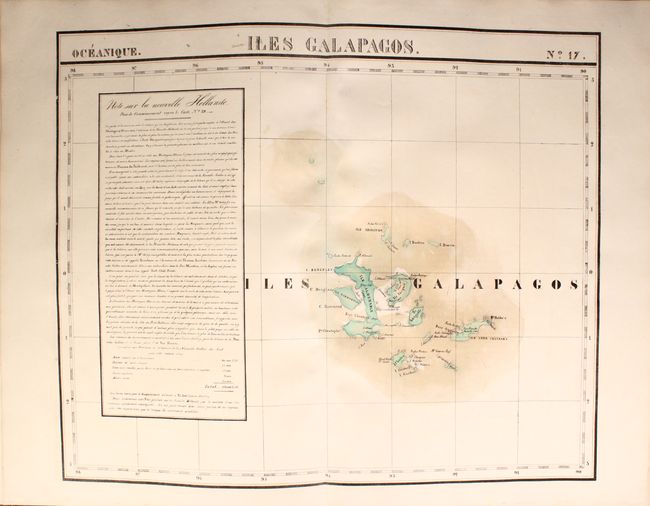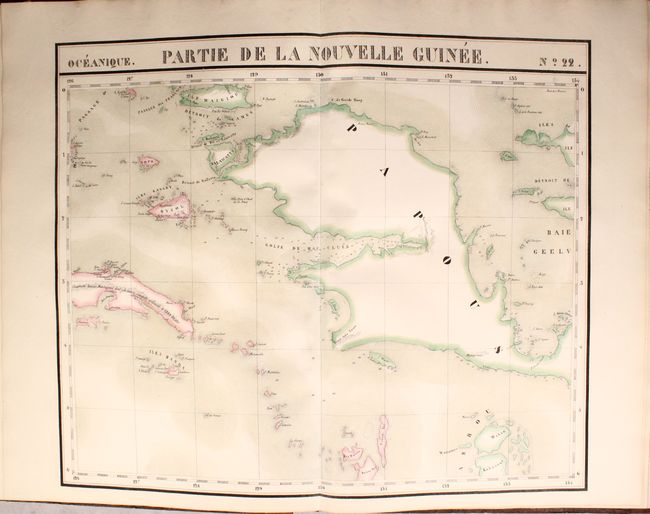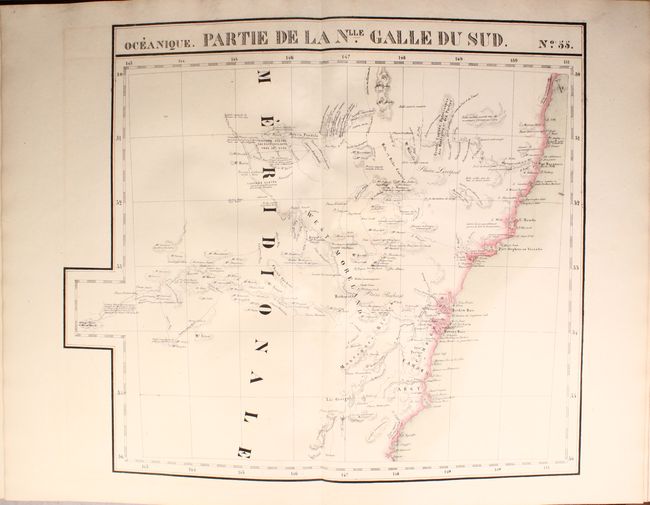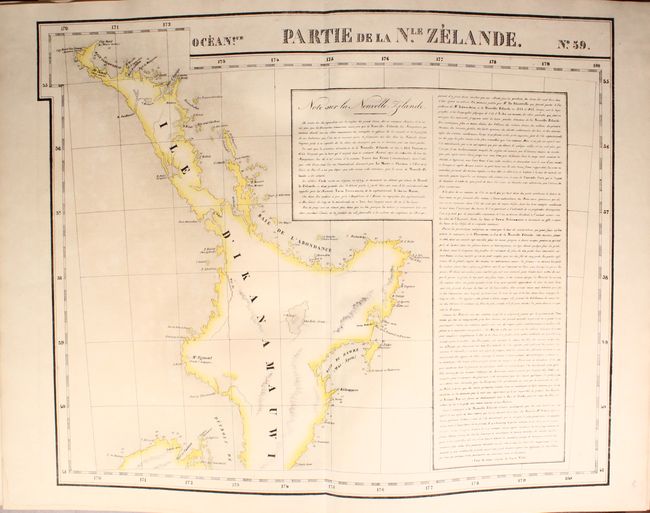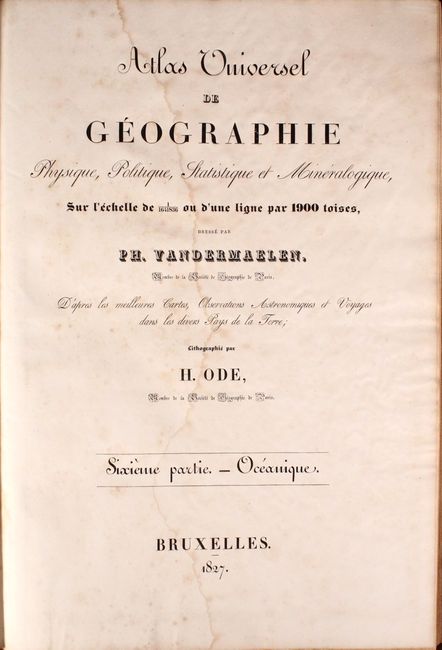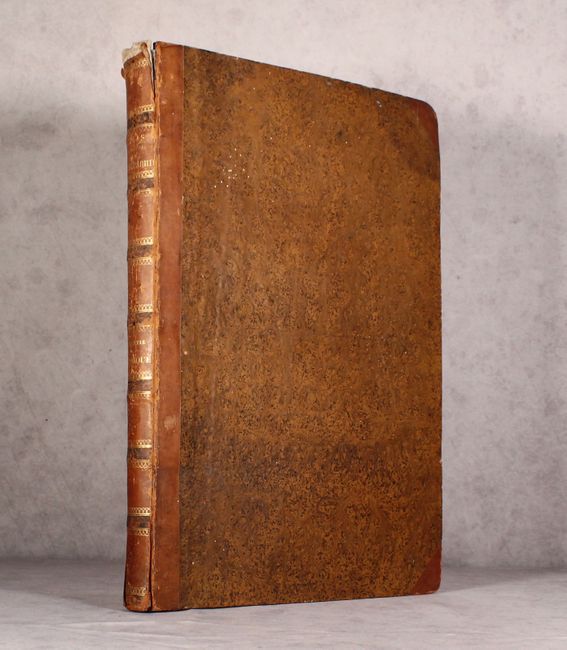Catalog Archive


Auction 174, Lot 771
Vandermaelen's Remarkable Atlas of Oceania
"Atlas Universel de Geographie Physique, Politique, Statistique et Mineralogique...Sixieme Partie. - Oceanique", Vandermaelen, Philippe Marie Guillaume
Subject: Pacific Ocean, Atlas
Period: 1827 (published)
Publication:
Color: Hand Color
Size:
14.9 x 21.8 inches
37.8 x 55.4 cm
Download High Resolution Image
(or just click on image to launch the Zoom viewer)
(or just click on image to launch the Zoom viewer)
